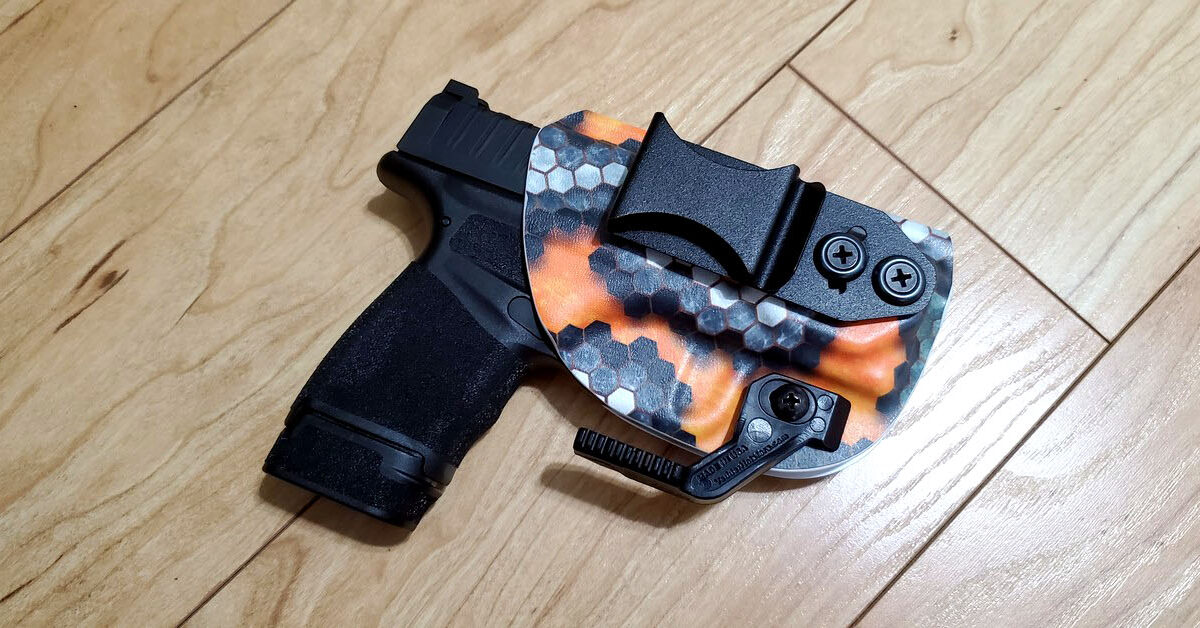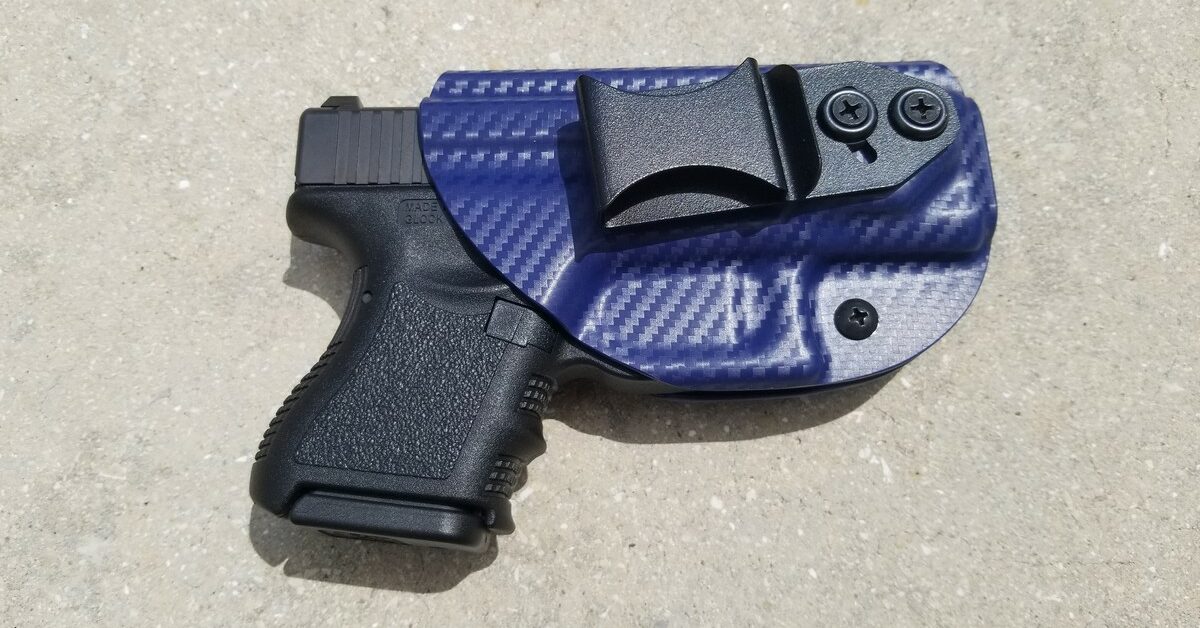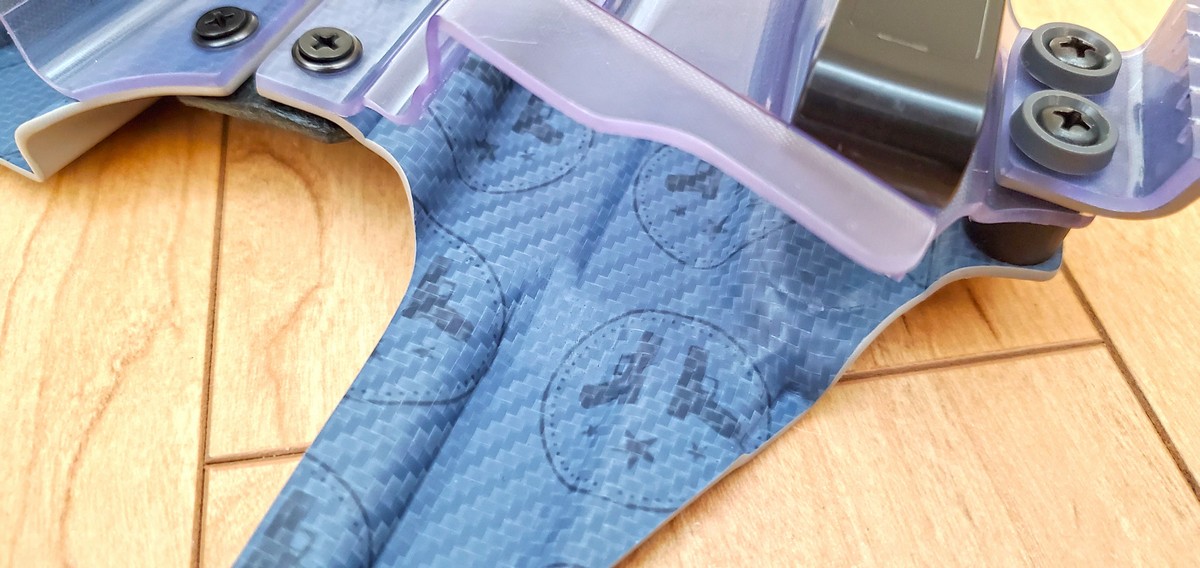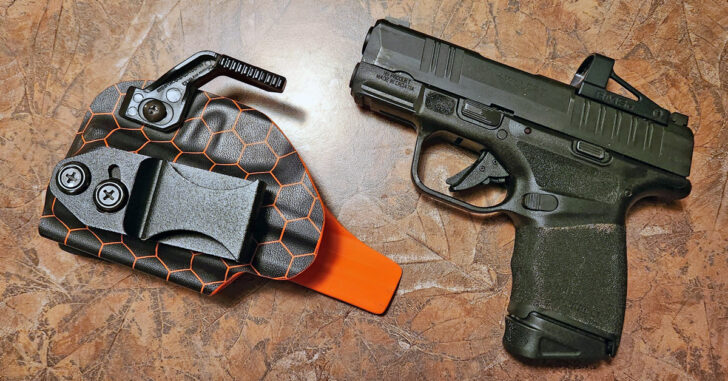Concealed carry holsters are out there, and you’ll never run out of options. Choosing the right holster for your firearm is not just about convenience; it’s a critical decision that affects both safety and comfort. A holster isn’t merely a carrying case—it’s a vital piece of gear that needs to meet specific requirements to ensure that your firearm is secure, accessible, and ready to use when needed.
Whether you are law enforcement, a security professional, or a responsible citizen practicing concealed carry, understanding the nuances of holster selection is paramount. This article delves into five key factors that you must consider when looking through the endless number of concealed carry holsters, ensuring your choice not only meets but exceeds your expectations.
When it comes to selecting a holster for your firearm, there are several key factors to consider. Here are five important aspects to keep in mind in your search for the perfect concealed carry holsters.
Table of Contents
Retention for Concealed Carry Holsters
The concept of retention in a holster refers to how securely the holster holds your firearm in place, preventing it from falling out or being forcibly removed by someone else. Good retention is crucial for ensuring safety and reliability, especially in dynamic situations where movement is frequent and unpredictable.

There are several types of retention mechanisms to consider when choosing a holster. Passive retention relies on the natural fit and friction between the holster and the firearm. Many holsters offer adjustable tension screws that allow you to customize the level of passive retention to balance security with ease of draw.
Active retention, on the other hand, involves one or more mechanical devices that must be manually disengaged by the user to release the firearm. These can include thumb breaks, buttons, or levers that add an extra layer of security, making it more difficult for an unauthorized person to access your weapon.
Hybrid retention systems combine elements of both active and passive retention, providing an optimized balance that enhances both security and accessibility. When selecting a holster, consider your specific needs, environment, and the situations in which you’ll be carrying your firearm. For instance, a law enforcement officer might prioritize a holster with high-level active retention, while a civilian might find a passive retention system sufficient for concealed carry.
Ultimately, the right retention should prevent any movement of the firearm within the holster during normal activities while allowing for a smooth, quick draw when necessary. Adjustable retention options can be highly beneficial, as they allow you to fine-tune the holster to your personal preference and the specific requirements of your environment.
Ride Height and Cant Adjustment for Concealed Carry Holsters
Ride height and cant adjustment are crucial features in concealed carry holsters that significantly influence both comfort and concealability, as well as the speed and ease of drawing your firearm. Understanding and correctly setting these adjustments can enhance your overall carrying experience.
Ride Height refers to how high or low the holster sits on your belt or waistband. A higher ride height positions the grip of your firearm above the belt line, making it more accessible and easier to grasp quickly. However, it may also be less concealable under clothing. Conversely, a lower ride height offers better concealment but can make the firearm more difficult to draw, as the grip is closer to or below the belt line. Adjusting the ride height allows you to find a balance that suits your specific needs, whether for concealment, comfort, or accessibility.

Cant is the angle at which the gun tilts forward or backward when holstered. An adjustable cant can help optimize the draw angle, making it more natural to reach and pull the firearm. For instance, a forward cant (also known as a “FBI cant”) may be preferable for those who carry at the hip or slightly behind, as it aligns the grip for a smoother, faster draw. A neutral or vertical cant might be better suited for appendix carry, where the gun needs to be drawn straight up. Adjusting the cant can reduce the need for excessive arm or wrist movement during the draw, which can be crucial in a high-stress situation.
Many modern concealed carry holsters, especially those designed for inside-the-waistband (IWB) carry, offer adjustable ride height and cant through slots in the holster that allow for different positioning of the clips or loops. This adjustability ensures that you can tailor the holster’s position to your body type, the clothing you wear, and your preferred drawing style.
By fine-tuning the ride height and cant of your holster, you can significantly improve your comfort and the efficiency of your draw, making these features essential considerations for anyone serious about carrying a firearm for defense.
Molded Fit for Concealed Carry Holsters
A molded fit in a holster refers to how precisely the holster conforms to the specific contours and dimensions of a particular firearm model. This precision is crucial for several reasons, impacting everything from retention to quick access and overall security of the weapon.
Concealed carry holsters that are custom-molded to fit specific models provide the best retention and security. Unlike “one size fits all” designs, these holsters are crafted around a precise replica of your firearm, ensuring a snug fit that holds the weapon firmly in place. This type of fit minimizes rattling and movement, which not only protects the firearm’s finish but also reduces noise that could compromise stealth in tactical situations.

The advantages of a molded fit extend beyond retention. A well-fitted holster can also improve the speed and fluidity of your draw. Since the holster is designed to complement the unique profile of your firearm, it naturally guides the weapon into an optimal drawing position as you pull. This alignment can shave crucial moments off your reaction time, a potential lifesaver in self-defense scenarios.
Moreover, molded holsters typically cover the trigger completely, enhancing safety by preventing negligent discharge. They also tend to have a defined sight channel that protects the sights from bumps and scrapes while also preventing them from snagging on the holster during the draw.
When selecting a holster, it’s important to choose one that is made specifically for your firearm model. This ensures that the fit is not too tight or too loose, which can affect both the security of the firearm and the ease of draw. While universal holsters may offer versatility and cost-effectiveness, they generally cannot match the level of security and performance provided by a custom-molded holster.
Ultimately, a molded fit not only enhances the functionality of a holster but also contributes to its longevity, ensuring that it will provide reliable performance and maintain its shape over time. For any firearm owner who prioritizes safety, efficiency, and durability, investing in a well-crafted, model-specific holster is a decision that pays dividends in the long run.
Comfort in Concealed Carry Holsters
Comfort in concealed carry holsters is paramount not only because it affects how likely you are to carry consistently, but also because it impacts how effectively you can interact with your firearm under stress. An uncomfortable holster can lead to constant adjustments and distractions, which are impractical and potentially dangerous in critical situations. Moreover, discomfort can cause you to forego wearing the holster altogether, defeating its purpose. To ensure maximum comfort, the holster’s design should align with your typical daily activities and the attire you commonly wear.
Holster comfort is influenced by several factors including the position on the body where it is worn. Common carry positions include hip carry and appendix carry, both with different implications for comfort and ease of access. For instance, appendix carry offers quick access and easy monitoring of the weapon but can be uncomfortable when sitting or bending. Hip carry might be more comfortable and less intrusive for daily movements but can be more challenging to conceal under light clothing. Understanding these nuances is crucial in selecting a holster that suits your specific needs and lifestyle.
Quality in Concealed Carry Holsters
Quality in a concealed carry holster is critical as it directly influences the longevity, reliability, and safety of the equipment. High-quality holsters are designed to endure the rigors of daily use, including repeated drawing and holstering, exposure to various weather conditions, and potential physical impacts. The construction quality of a holster not only protects the firearm but also ensures that the holster itself remains functional and dependable over time.

The materials chosen for the holster play a significant role in its overall quality. Synthetic materials, such as Kydex and nylon, offer excellent resistance to environmental factors like moisture and heat and typically require less maintenance. The quality of these materials can vary significantly, so it’s important to select holsters made from high-grade versions of these materials to ensure they do not crack, warp, or wear prematurely.
Craftsmanship is another key aspect of quality concealed carry holsters. A well-made holster should have precise and robust hardware, and clean, smooth edges that prevent wear on both the firearm and the carrier’s clothing. Attention to detail in the design, such as the inclusion of features like tension screws or protective lining, can also enhance the functionality and durability of the holster. Additionally, reputable manufacturers often back their products with warranties or satisfaction guarantees, which can be a testament to the quality of their holsters.
Ultimately, investing in high-quality concealed carry holsters is as important as choosing a reliable firearm. A good holster should maintain its shape, protect your weapon, and provide a consistent draw every time. It is a critical component of your carrying setup, and compromising on quality can compromise your safety and effectiveness.
Conclusion
Selecting the perfect concealed carry holsters is an essential part of responsible firearm ownership. By focusing on retention, ride height and cant adjustment, molded fit, comfort, and quality, you are more likely to find a holster that not only fits your firearm but also your lifestyle and needs. Remember, the right holster can significantly enhance your carrying experience, improving not just comfort but also readiness and safety.
So take the time to evaluate these critical factors thoroughly and make an informed choice that will serve you well in the long term. Your feedback and personal experiences are invaluable, so please share your thoughts and criteria for choosing a holster in the comments below to help others in their journey to find the perfect holster.

